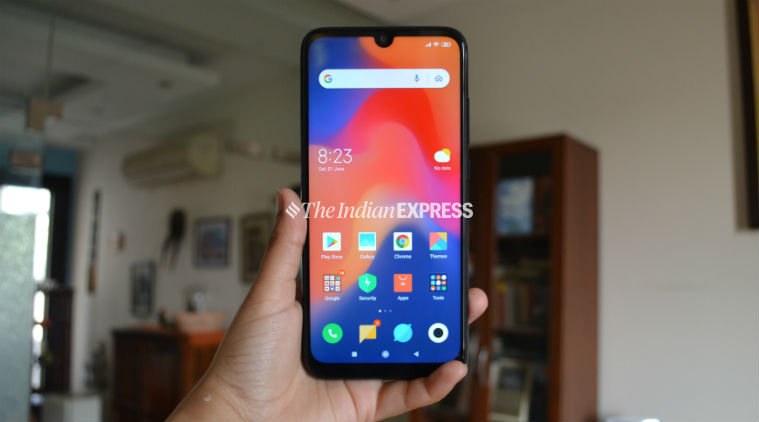Xiaomi Redmi Note 8 vs Redmi Note 7s: Comparison of specifications, features
Redmi Note 8 vs Redmi Note 7s: The key differences of the Redmi Note 8 and Redmi Note 7s include the camera setup and the processor.
 Xiaomi Redmi Note 8 vs Redmi Note 7s: Comparing the key differences of the two Redmi Note devices.
Xiaomi Redmi Note 8 vs Redmi Note 7s: Comparing the key differences of the two Redmi Note devices.
Redmi Note devices have stayed in the good books of consumers for a long time now, and that’s why these devices are quite popular in markets like China and India. Redmi Note devices aren’t only about hype as Xiaomi claims that it has sold over 100 million of Redmi Note series smartphones globally. With the launch of Redmi Note 8 series, the Chinese smartphone manufacturer jumped to the quad-rear camera setup from the dual-rear camera setup of the earlier Redmi Note 7 series. We are taking a look at the key changes Redmi Note 8 adopts in comparison to the Redmi Note 7s.
Redmi Note 8 vs Redmi Note 7s: Price
The Redmi Note 8 is priced at Rs 9,999 for the base model of 4GB/64GB. There is no 3GB RAM model and the 6GB/128GB model of the device is available for Rs 12,999. In comparison, the Redmi Note 7s was launched for a starting price of Rs 10,999 for the 3GB/32GB model but after the price cut, it is available for Rs 8,999.
However, the 4GB/64GB model of the device is priced at Rs 9,999– equal to the 4GB/64GB model of Redmi Note 8. So, we can say that both the Redmi Note 8 and Redmi Note 7s are priced equally.
Redmi Note 8 vs Redmi Note 7s: Processor
The Redmi Note 7s is powered by the octa-core Qualcomm Snapdragon 660 processor paired with Adreno 512 GPU. The Redmi Note 8 upgrades the processor but the difference is not steep. It is powered by the Qualcomm Snapdragon 665 processor paired with Adreno 610 GPU.
Read more: Xiaomi Redmi Note 7S review: This is Redmi Note 7 + a 48MP camera
Even though the SD 660 has a slightly faster CPU speed but the SD 665 is better when you take other factors into account. The SD 665 is based on the 11nm production process whereas the SD 660 has a 14nm semiconductor size. Also, the SD 665 promises more memory bandwidth, supports ECC memory, and newer versions of DirectX, Open GL ES, OpenCL.
 Redmi Note 7 sports a Hybrid slot whereas the Redmi Note 8 sports a dedicated microSD slot.
Redmi Note 7 sports a Hybrid slot whereas the Redmi Note 8 sports a dedicated microSD slot.
Redmi Note 8 vs Redmi Note 7s: Camera
The Redmi Note 8 sports a quad-rear camera setup whereas the Redmi Note 7s sports a dual-rear camera setup. The primary camera sensor on both the phones is a 48MP lens. The secondary lens on the Note 8 is an 8MP ultrawide lens clubbed with a 2MP depth sensor and a 2MP dedicated macro lens.
In comparison, the Note 7s doesn’t have the ultrawide lens or the macro lens. The secondary lens on the device is a 5MP depth sensor. The front camera on both the devices is a 13MP selfie shooter.
Redmi Note 8 vs Redmi Note 7s: Other changes
The Redmi Note 8 comes with a dedicated microSD card whereas the Redmi Note 7s sports a Hybrid Dual SIM slot. Both the devices are backed by a 4,000mAh battery with support for 18W fast charging but the Note 8 comes with an 18W fast charger in-the-box.






